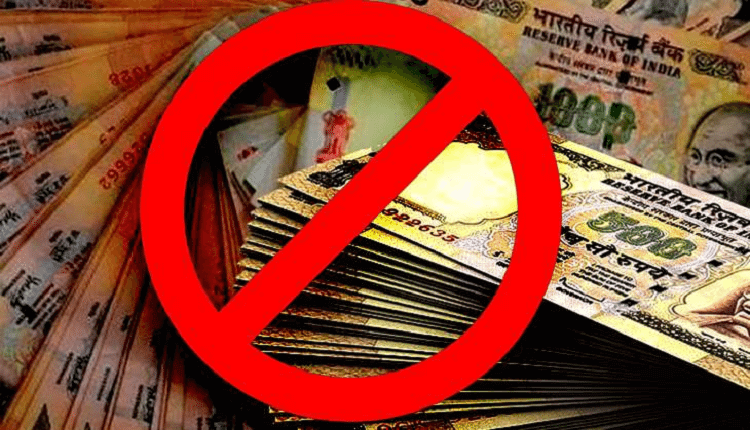
Scrapping 500 & 1000 notes: A Move Towards GST Success
The joke on Twitter sums it up nicely
India prepared for Hillary and Trump, Modi came out of syllabus.
Until 8th November, 2016 midnight, 86 percent of currency by value in India consisted of higher-denomination currency notes of Rs 500 and Rs 1000. A day after the government announced that they were scrapping 500 & 1000 notes, Finance minister Arun Jaitley said people with black money are worried. He said political funding would be impacted by the move, too.
RBI data shows that in 2015-16, almost 6.5 lakh in counterfeit notes were detected in commercial banks, of which almost 4 lakhs were in the Rs 500 and Rs 1,000 category. It is in this context that the government wants to re-monetise the Rs 500 note while de-monetizing the Rs 1,000 note.
In India, “black money” refers to funds earned on the black market, on which income and other taxes have not been paid. According to Wikipedia, the estimated size of Indian Black Money Economy is between 23 and 26 percent.
The essence of the nation’s upcoming Goods and Services Tax (GST) is the creation of one unified market across the entire nation. This is obviously not possible with such a large chunk of the economy functioning outside the GST purview as black money. GST has now become the driver of change: there is a renewed emphasis on the need to wipe out this parallel, uncontrolled black money market.
Parallel market scenario
In black market, dealers transact solely in cash. Also, they are not registered for any indirect tax laws, usually citing that their transaction level has remained below the registration threshold — while, in reality, their turnover is far above such limits. Black money sellers still typically register to pay income tax, as income tax returns are mandatory for obtaining loans for houses, property, or vehicles.
In unregistered cash transactions, higher-denomination currency notes make it physically possible to hide and store large amounts of black money. Also, banks and private lockers have a size limitation that makes storage of higher-denomination currency viable vis-a-vis the cost of locker rental.
With the cancellation of Rs 500 and Rs 1,000 notes, a huge number of dealers who hold black money in those denominations now have nowhere to go. They cannot use the money, since declaration of their ill-gotten gains will lead to huge income tax penalties in excess of the declared amount itself.
Many are left with only the option of disposing of the old currency notes, since they are no longer legal tender, and there is no way to convert them into new currency notes except through bank deposits.
What does this mean for GST?
Absence of a widespread black market economy will encourage more dealers to register under indirect tax acts. Buyers of goods can avail themselves of Input Tax Credits (ITC) only on purchases made by them from a registered dealer. With this incentive structure in place, buyers will not buy from an unregistered dealer if the option to buy from a registered dealer exists. Dealers who do not cross the registration threshold may not register initially, unless they belong to ecommerce industry. But when buyers will refuse to buy from unregistered dealers, even the dealers below the registration threshold will find it economically necessary to register, in order to survive in the market. Eradication of black money will force dealers to come into the light, as no buyers will exist for them.
Registration of every dealer will help to automate the process, which is a prerequisite for GST and will help achieve the aim of unifying the Indian market by identifying each commercial transaction.
Will black market economy completely cease under GST?
The answer to this question won’t be clear until the GST is actually implemented. According to some economic experts, the black market economy might continue to exist, but the higher-denomination currency removal will ensure that it will take a considerably longer period of time to grow in scale. By the time any parallel black market economies put their head up and grow up to scale, the dealers with low holding power will either perish or get registered. The good news is that such dealers with holding power have, hopefully, learned their lesson on 8th November, 2016 with the sudden equalization crisis, since their cash reserves are nullified. This bold move by the government will keep dealers in check who consider indulging in money hoarding or similar illegal acts in the future.
To learn more about how Avalara can help you with GST automation, contact us through https://www.avalara.com/in/contact-us/



